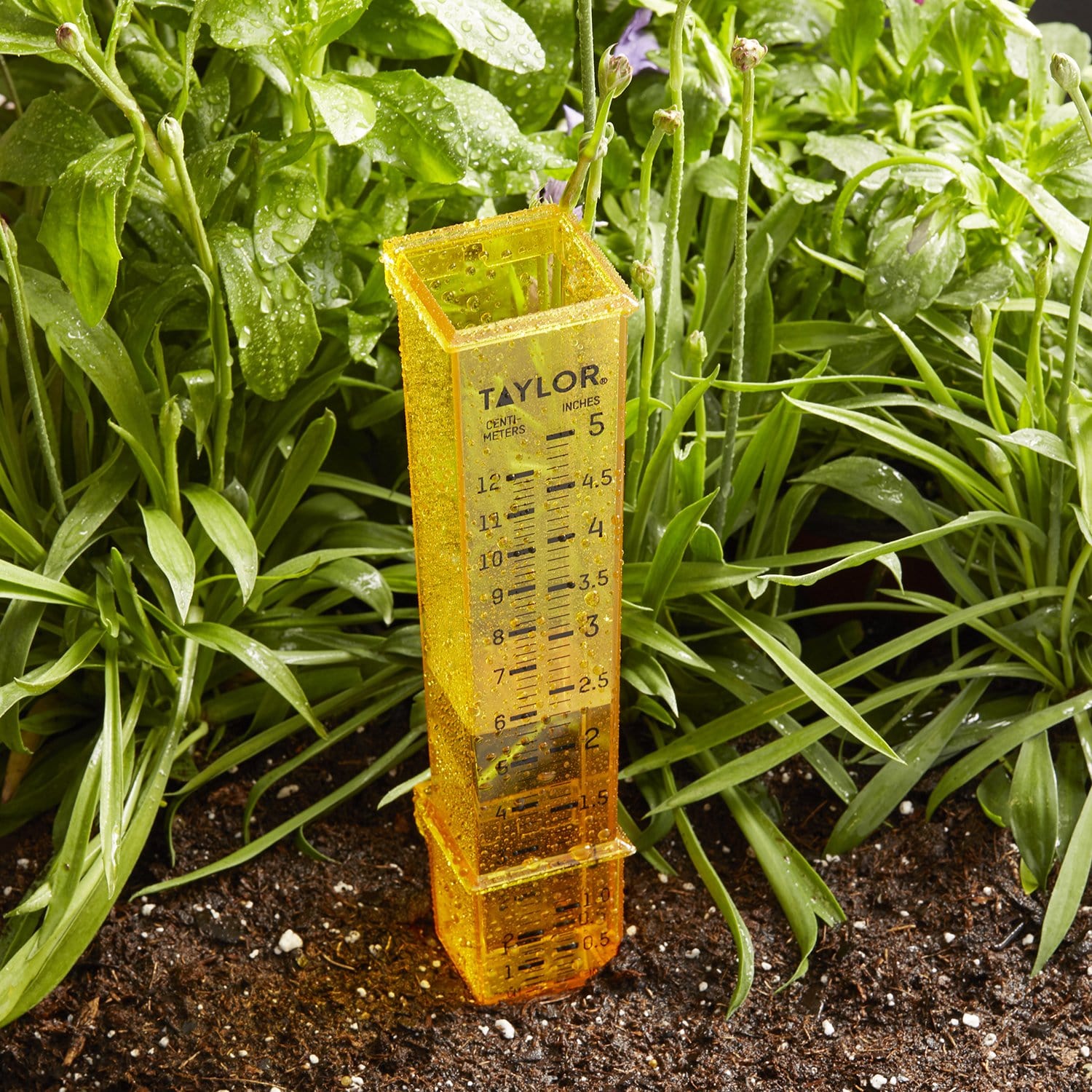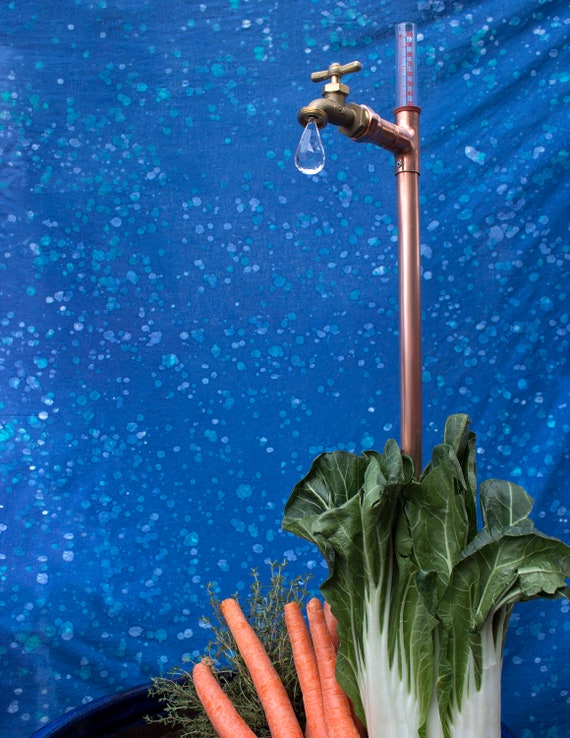Your Go-To Source on The Rain Gauge: Advantages and Practical Applications
Wiki Article
How to Select the Right Rain Gauge for Accurate Rainfall Information
To acquire reputable dimensions, it is crucial to pick the appropriate rain gauge. Considering variables such as location, kind, and accuracy of the rainfall scale will aid ensure exact information collection. Furthermore, comprehending the maintenance and calibration treatments will add to the long life and dependability of your rainfall gauge.Significance of Selecting the Right Rain Gauge
The relevance of choosing the appropriate rain gauge hinges on obtaining exact and trustworthy rains information for precise meteorological analysis. Rainfall data is essential for a large array of applications, including climate projecting, hydrological modeling, and climate research study. Incorrect or unreliable data can result in incorrect final thoughts and flawed decision-making procedures.
Secondly, the precision and accuracy of the rain gauge are critical. The scale needs to have the ability to gauge rains with high precision, recording even tiny quantities of rainfall properly. It needs to additionally reduce errors because of dissipation, wind, and other environmental variables. Routine calibration and maintenance are important to ensure recurring precision.
In addition, the area and setup of the rainfall gauge are essential factors to consider. It should be positioned in an open area, far from blockages that can influence rains dimensions. The gauge needs to be placed at a proper height and angle to avoid spilling and guarantee correct catchment of rainwater.
Aspects to Consider When Selecting a Rainfall Gauge
When picking a rainfall scale, there are several essential elements to consider. These aspects can substantially impact the accuracy and dependability of the rains information accumulated. The first variable to think about is the kind of rain gauge. There are different kinds offered, consisting of conventional rain evaluates, tipping bucket rainfall assesses, and weighing rain assesses. Each kind has its very own benefits and drawbacks, so it is crucial to choose one that finest matches your details requirements and demands.An additional aspect to consider is the material of the rainfall scale. Rainfall determines can be constructed from different products, such as glass, plastic, or steel. The material chosen should be resilient and immune to weather conditions, making certain that the rainfall scale will certainly hold up against the aspects and supply accurate measurements in time.
Accuracy is likewise an essential variable to take into consideration. Look for rainfall gauges that have actually been adjusted and evaluated for precision. Features such as anti-splash rings and funnels can additionally improve the accuracy of the measurements.

Last but not least, take into consideration the climate and environment in which the rain scale will be used. Various rain determines are appropriate for various climates, so it is essential to pick one that is ideal for the problems in your area.
Various Sorts Of Rainfall Assesses Offered
To additionally explore the factors to take into consideration when picking a rain gauge, it is important to recognize the different kinds of rain evaluates offered. The most common kind is the basic rain scale, likewise known as the round rainfall gauge.An additional sort of rainfall scale is the tipping pail rainfall gauge. This gauge utilizes a seesaw-like system to accumulate and gauge rains. As the rainfall drops right into the scale, it loads up one side of the container, triggering it to empty the water and tip. The variety of suggestions is counted online to establish the quantity of rainfall. Tipping bucket rain gauges are popular for their precision and capability to measure rains strength.
A third type of rain gauge is the weighing rain scale. This scale makes use of a balance system to gauge the weight of the gathered rains. As the rain falls under the gauge, it is collected in a container linked to an equilibrium. The weight of the water is determined, and the rains quantity is computed based upon the weight. Considering rain gauges are extremely precise however can be much more pricey and you could try this out require normal upkeep.
Lastly, there are likewise remote rainfall evaluates that usage progressed modern technology to gauge rains (The Rain Gauge). These evaluates usage sensors and transmitters to send information wirelessly to a central system. Remote rainfall determines are practical for keeping an eye on rains in hard-to-reach locations or for large information collection
Exactly How to Figure out the Accuracy of a Rain Scale
One means to analyze the accuracy of a rain gauge is by performing normal calibration measurements. Calibration involves contrasting the readings of a rain scale to a common measurement, such as a certified rainfall scale or a climate station with high precision. By comparing the measurements, any kind of disparities or errors in the rain scale can be determined and accounted for.To carry official website out a calibration measurement, begin by gathering rainfall information from both the rainfall scale and the typical dimension gadget over a specific time period, such as a month. Compare the analyses and determine the difference between them. This difference is referred to as the calibration error.
It is essential to note that calibration measurements need to be executed consistently, as environmental variables, such as wind, particles, and temperature, can affect the precision of the rain scale in time. By conducting regular calibrations, any type of modifications in the precision of the rain gauge can be identified and modifications can be made accordingly.
Along with calibration, it is additionally suggested to clean and preserve the rain scale on a regular basis to guarantee its accuracy. Remove any kind of debris or blockages that might impact the accuracy of the dimensions, and look for any type of indicators of damages or put on that may call for repair work or substitute.
Tips for Maintaining and Adjusting Your Rainfall Gauge
Normal upkeep and calibration are essential for making sure the precision and dependability of your rain gauge in determining rains information (The Rain Gauge). By complying with a few straightforward pointers, you can make sure that your rainfall gauge is appropriately preserved and calibratedTo start with, it is essential to clean your rain gauge consistently to stop any debris or dust from blocking the rainfall collection system. Make use of a soft brush and a moderate detergent to gently cleanse the within and beyond the scale. Rinse it extensively with tidy water and permit it that site to dry totally before re-installing it.
Secondly, it is suggested to adjust your rain scale a minimum of once a year. Calibration entails contrasting the dimensions of your rain scale with those of a trusted and exact recommendation scale. This will certainly assist you recognize and deal with any kind of prospective mistakes in your rain scale's measurements.
To adjust your rain scale, accumulate a recognized volume of water utilizing a measuring container and compare it with the measurements taped by your rainfall scale. Adjust the analyses appropriately to guarantee accuracy.

Final Thought
In final thought, choosing the ideal rain scale is important for getting precise rainfall data. Aspects such as function, budget plan, and area should be taken into consideration when choosing a rainfall scale.There are different kinds readily available, including basic rain evaluates, tipping bucket rainfall determines, and weighing rainfall assesses.To further explore the elements to think about when choosing a rainfall scale, it is crucial to comprehend the different kinds of rainfall evaluates available. The most typical type is the typical rain gauge, likewise known as the cylindrical rain scale.Another type of rain scale is the tipping bucket rainfall scale. Calibration entails contrasting the analyses of a rain scale to a standard dimension, such as a licensed rainfall gauge or a climate station with high precision.
Report this wiki page